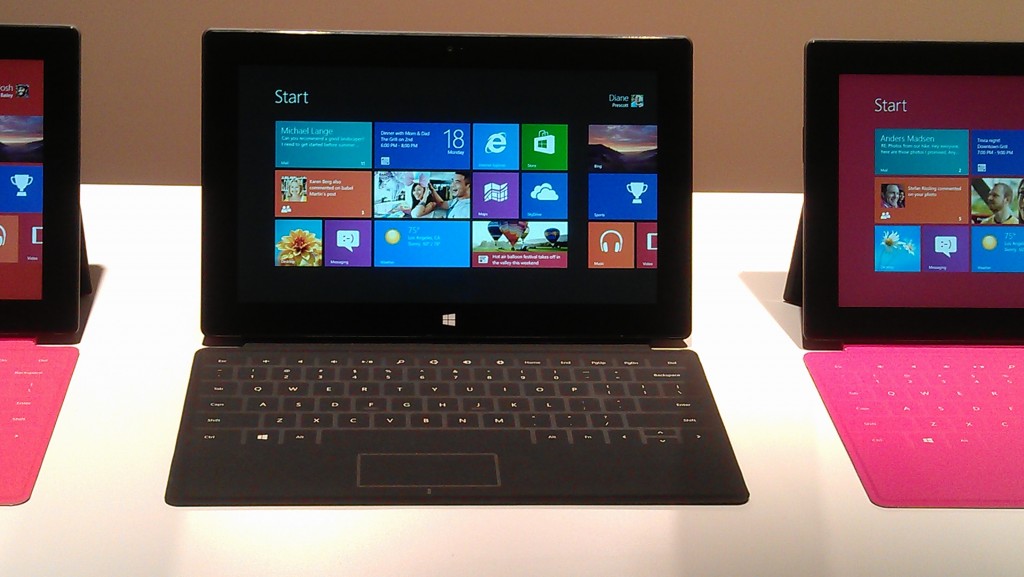Do you like this article?
Microsoft has been the kingpin of the PC market for two decades. From
the early 90s, Gates and Co have dominated the market, flooding both
home and enterprise usage. However, the turn of the millennium saw the
rise of new gadgets which threatened to take away the demand for PCs.
The laptop was the first catalyst towards this and smartphones, modern
cellphones and tablets keep adding to the lot. Hence, it is natural for Microsoft to have doubts about its success when the world finally enters a post-PC phase.
Even now, most people have reverted to mobile and portable devices
instead of using a PC. Even the laptop is now being displaced with
handheld devices as the users get the same features, software and
programs on that. Internet connectivity has come a long way over the
years and people don’t have to compromise on browsing or downloading
speed to use internet on the new gadgets. Microsoft finally jumped on
the bandwagon and released its own tablet: Surface.
However, the company hasn’t been successful by fluke. In fact, they
have found a way to capitalize on growing user demand for tablets in
today’s market. From the outset, it would seem as though Microsoft
wouldn’t have much of a chance of gaining a substantial market share in
the face of immense competition from Apple and Samsung. What they have
done is priced Surface in a way that enables the company to earn PC revenues.
It may sound confusing to the average Joe but Microsoft has proven
that it is shrewd once again. Though there has been no official word on
the matter, an analysis carried out by a market expert showed that the
tech giant has been up to its tricks again. According to the report,
Microsoft has priced the Surface so that the license fees it is charging
are at the same level as they did for their PCs. This is the reason why
Surface is priced at $499.
The main problem faced by Microsoft when developing the tablet was
the cost of the Office suite. The Microsoft Office is a major feature of
Windows
and people around the world use it regularly. However, it costs close
to $70 and including it on the Surface tablet drives the costs up. In
addition, the Windows OS costs around $50 which added to the cost of
making the tablet ($200) means Microsoft spends over $300 on making one
Surface tablet.
What this means is that they are earning a profit of over $150 per
unit sold taking into account the costs of marketing and distribution.
This is similar to how Apple prices its products. More importantly, it
is close to the $120 Microsoft earns for each PC it sells. Still, it
remains to be seen whether Surface is as successful as the iPad or
fizzes out in the near future. Some analysts have suggested that
Microsoft should sell the tablet itself to cut down costs further and
increase the profitability.
Regardless of whether Surface is successful or not, the move by
Microsoft to try to pull in PC revenues from a tablet show that it is
preparing for a post-PC world.







